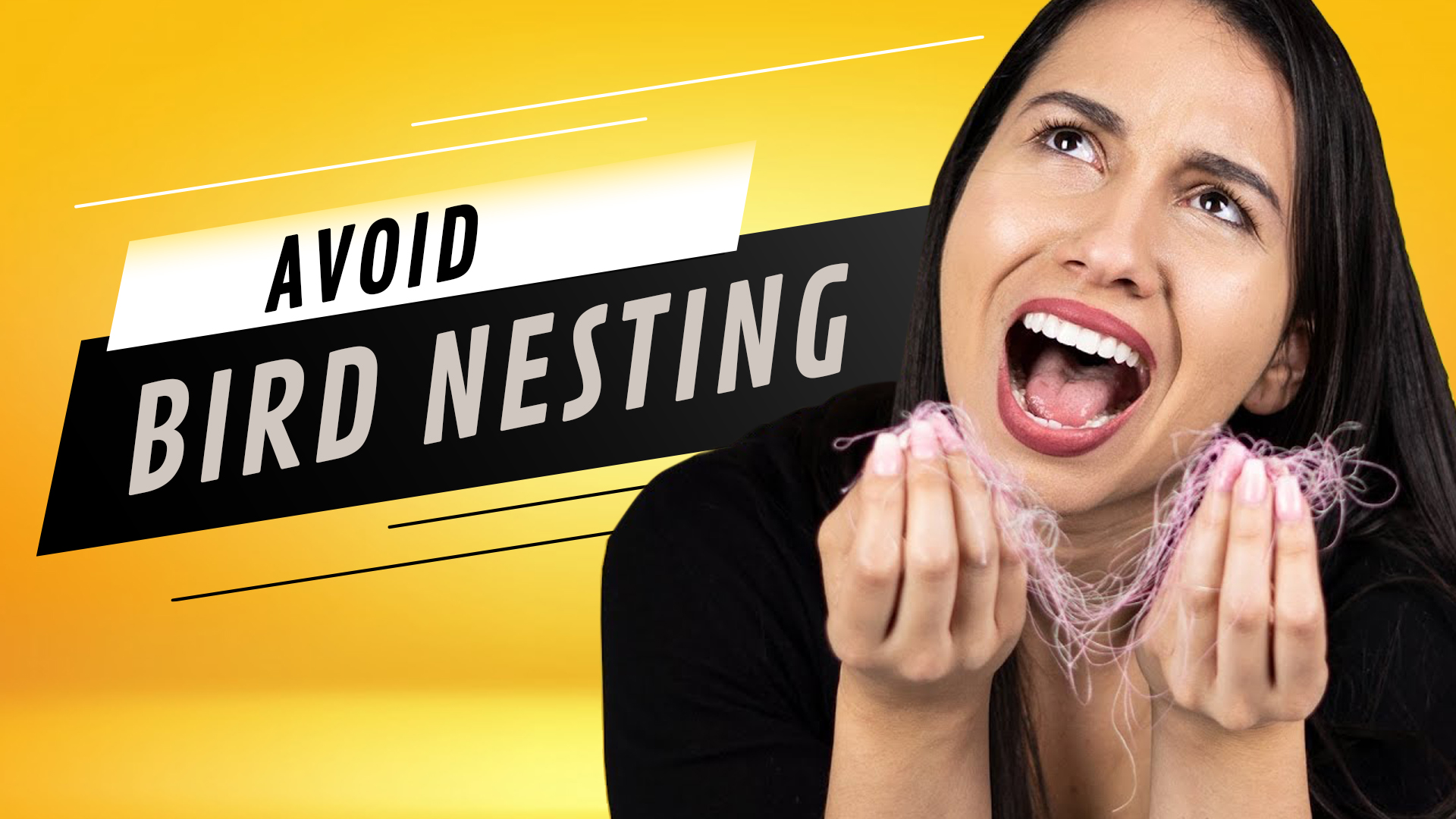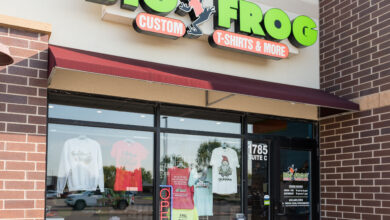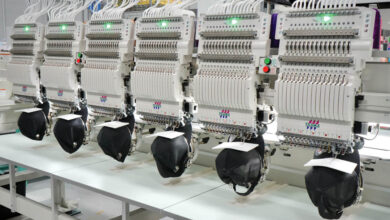Whether you’re an embroidery hobbyist or business owner, you’ve undoubtedly come across common machine errors, such as thread and needle breaks, registration issues, birdnesting, and more.
Luckily, several preventative measures out there will help reduce the amount of time you spend servicing your machine and increase business productivity.
In Part 1, we covered correcting and preventing thread breaks. Part 2 focused on needle breaks, and today is all about birdnesting and its common causes.
Birdnesting and common causes
If you’re interested in starting your own custom apparel and garment business, you’ve likely heard the term birdnesting. This is when the bobbin and top thread get tangled together to create a giant knot of thread, causing your garment to be pulled down and possibly damaged.
Avoid these potentially costly mishaps by understanding why they occur and how to spot them. Common indicators of birdnesting include messy loops on the top or bottom of your embroidery.
The leading causes of birdnesting include thread tension, improper hooping, and lack of maintenance.
Improper bobbin tension during stitching can often lead to the unraveling of extra thread, which then builds up under the needle plate, resulting in a bird’s nest. To quickly resolve this issue, tighten the bobbin tension by turning the tension screw on the bobbin case clockwise.
The bobbin can also be at fault if it has not been wound, threaded, or inserted correctly, in which case the thread is likely to snag.
Learn more in Part 4: Distorted Designs and Digitizing




